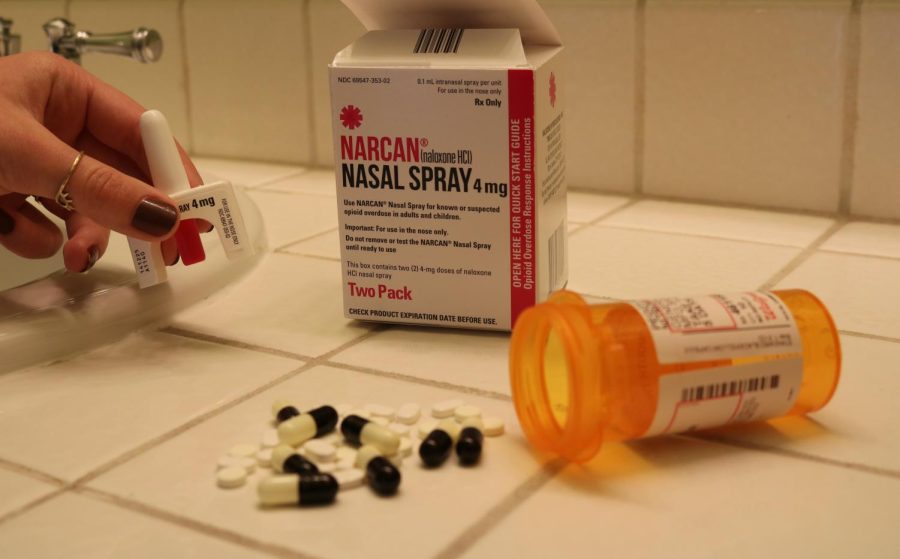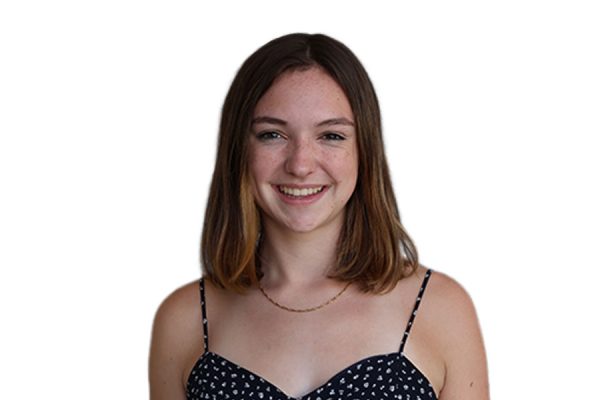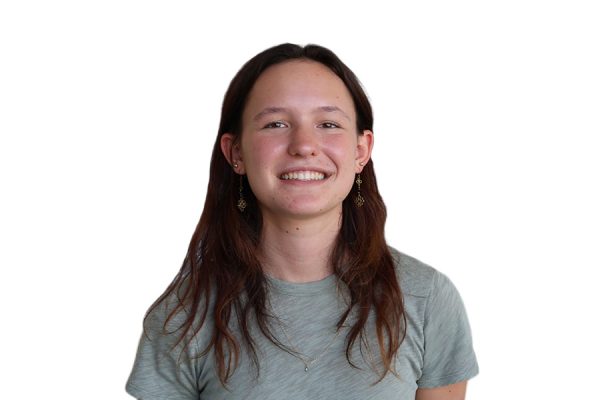An opioid overdose can end a life in four to six minutes. However, it takes an average of seven minutes for emergency medical services to respond to an emergency. If naloxone is used in overdose situations, someone showing signs of an overdose could be saved within seconds.
Approved by the United States Food and Drug Administration in 2015, Narcan is an opioid antagonist medication made from naloxone. By binding to opioid receptors and blocking the effects of substances like heroin, morphine, and fentanyl on the brain, naloxone can restore breathing and save someone who has overdosed on opioids.
In 2020, 91,799 people died of drug overdose—75% of these overdoses involved opioids. With the distribution of naloxone on the rise, 21% of future opioid-related deaths could be prevented, according to the National Institute on Drug Abuse.
Narcan is given in the form of a nasal spray. While it only helps reverse opioid overdose, giving someone naloxone who is not on opioids will not harm them. Given this information, if there is even a slight chance someone may be overdosing on opioids, they should be given naloxone, according to the Centers for Disease Control and Prevention (CDC).
While naloxone will reverse opioid overdose symptoms, someone who is given naloxone still needs immediate medical attention. Opioids can stay in someone’s system for four to six hours, while a reversal medication like Narcan only lasts 30 to 90 minutes. After the naloxone wears off, they will once again exhibit symptoms of overdose. Therefore, 911 should be called as soon as possible, either before, during, or directly after naloxone is administered.
No matter the condition or age of any parties involved in Narcan administration, law enforcement cannot legally press charges under the Good Samaritan Law, even if illegal substance use occurred. While this legislation varies from state to state, it provides immunity from punishment for the possession of illegal substances.
Naloxone is available in all 50 states and can be purchased at someone’s local pharmacy. It costs upwards of $35, with prices surging to $100 for patients without insurance. However, it can be obtained for free from organizations that participate in state distribution programs, such as One Life Counseling in San Carlos.
Sarah Kay Fuhs, Associate Clinical Director and leader of the Youth Advisory Council at One Life Counseling, initially received 12 units of Narcan from the California Naloxone Grant Program.
“We ordered first just for clients or people that were actively using that I wanted to be safe. It was kind of my motivation because I have lost people in my life to it. The response was good, and we decided to expand,” Kay Fuhs said.
When these boxes went fast, she ordered 2,000 more to distribute at San Carlos’ first-ever distribution event, which took place on Dec. 9.
During the event, attendees could come and receive free boxes of Narcan as well as training on how to use the medication. Any individual could attend and was not required to share their name, age, or other personal information.
Dana Boudreau, a junior at Carlmont, attended the event to have Narcan as a resource in the event of an overdose.
“It’s something that can literally save somebody’s life. You know, you never know who you’re going to come across or which of your friends are going to be putting themselves in danger. So it’s just nice to have it as sort of a safety net,” Boudreau said.
The event had a turnout of 150 people, with each individual receiving a maximum of two boxes. Kay Fuhs hopes to run the event two to three times a year to give young adults and teens like Boudreau a preventative measure, especially with the rising numbers of drug-related deaths.
With the severity of the drug epidemic, Kay Fuhs is not the only one taking action to protect against potential overdose deaths. Sheila Scott lost her son, Luke Scott, to an overdose in October 2016.
Shortly after, she began the LukeLove Foundation, a platform for Scott to connect with other parents who have lost their children to drug-related incidents. The LukeLove Foundation also provides resources for people who need naloxone or naloxone training.
“If the boy who had been with him that night had known what I teach when I do naloxone training and had been carrying naloxone, things could have been different,” Scott said.
Scott’s main goal in her training is not to punish or criminalize drug use among teens but to educate them on how to look for drugs laced with dangerous substances.
“Teens aren’t going to my talk to be told not to take drugs. They are going to my talk to see how they can do it safely, or how they can help their friends,” Scott said.
Scott feels teen experimentation with substances is inevitable; thus, her primary concern is drugs laced with other drugs like opioids, specifically fentanyl.
Fentanyl is commonly found in drugs like heroin, methamphetamine, and cocaine, according to the CDC. 46% of teens use drugs recreationally before 12th grade (National Center for Drug Abuse Statistics), but many ignore the dangers of it.
“I think teenagers have this sense of invincibility almost. They think it can’t happen to them. But of course it can. I mean, we’ve seen it happen, people have lost friends to it. I mean, it’s happening right now in our community, and it’s scary, but I think it’s hard for people to take it seriously because it’s so scary,” Boudreau said.
Henry Oliver, a junior at Carlmont who attended the distribution event with Boudreau, feels education is the next step in combating the carelessness towards drug use.
“Since drugs are such a stigmatized topic, when younger people do end up taking them, it’s not something that they’re educated on. It’s more just like, you kind of teach yourself almost, and that is really, really dangerous,” Oliver said.
With naloxone’s foreseeable success, training and access to preventative drugs may be the first step to increasing awareness.
“I think teens want to be safe. They just don’t know how to,” Boudreau said.


































